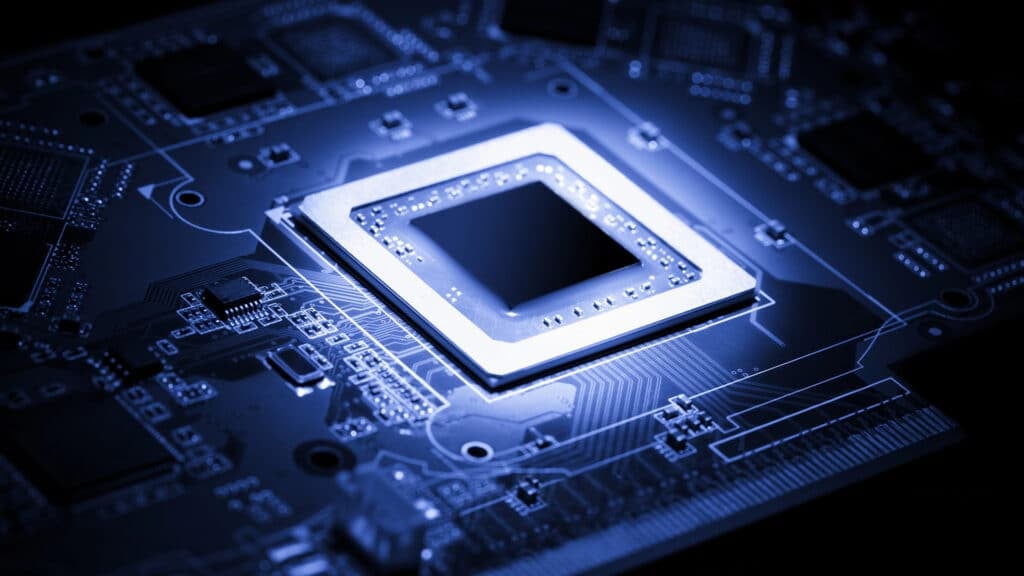The Six Five team discusses Qualcomm Snapdragon 4 Gen 2 for Entry Phones.
If you are interested in watching the full episode you can check it out here.
Disclaimer: The Six Five Webcast is for information and entertainment purposes only. Over the course of this webcast, we may talk about companies that are publicly traded and we may even reference that fact and their equity share price, but please do not take anything that we say as a recommendation about what you should do with your investment dollars. We are not investment advisors and we ask that you do not treat us as such.
Transcript:
Pat Moorhead: Qualcomm Snapdragon 4 Gen 2. Dan, what’s going on here?
Daniel Newman: Well first of all, someone wrote a great article this week in Forbes talking about the battle for AI needs to also be fought and won at the edge. There was a great Forbes article, I can’t remember who wrote it, but I feel like I know it. It’s
Pat Moorhead: So bad.
Daniel Newman: But what’s right Pat is, I had a interview there. It was the CEO of Silicon Labs, Matt Johnson, and we were talking because they’re very IOT centric. And remember when IOT was cool, we used to talk about it. Now it’s not really all that cool, but AI is going to be hyper dependent, not just on these kind of training workloads for enterprise and LLMs and the data center, but think about all the data that resides at the edge. The data set that sits in cameras and vision and phones. And again, edge has by the way a continuum of definitions because it can be anywhere from the sensors in the fields of a farm. But an edge can also be, in some definitions, can be something like a PC or a workstation or a phone. So Qualcomm’s made quite a bit of headway in terms of helping the world understand its critical nature to this part, the edge, the device.
And one of the things that the company does, while it’s very well known for its kind of ultra premium tier devices, is Qualcomm has a pretty strong ambition to be democratizing more than 40% of the world that really still isn’t fully connected all the time. And part of that ability to do that comes down to, yes the critical infrastructure, but also creating devices that can be more affordable. While we all like to kind of drool over the new Apple devices, those devices cost months of salary, months of pay for people in lower economic standings and in other parts of the world. And of course, even here in the US and in Europe, across Asia, there is a subset of the population that do not want to spend $2,000 or getting close to 2,000 US dollars to buy a smartphone. And so Qualcomm, I think it was about a year ago, launched the Snapdragon 4 Gen 1 and the idea was is to help the manufacturers, the OPPO, the Xiaomis, the Samsungs to be able to create more compelling lower-end entry devices that still offer most of the features.
And this is what I think is really good, is the company’s continuing to make it lower power, giving it better battery life, higher performance, improved audio, an improvement in the 5G RF modem, which by the way is a big part of making 5G beneficial. You and I have another conversation to have at some point about why 5G is stalled. We really do, it hasn’t actually stalled, but the interest, the excitement, the enthusiasm has kind of hit a wall. It came with some updates to the ISP. We all know that people, whether they’re buying low end cameras or phones… Cameras, I just call them cameras because for a lot of people why they have their phone is, it’s an all day long camera. It’s the ability to document your journey and share it on social media. You need connectivity, you need a camera.
And then of course what was kind of cool about this Pat was it’s I believe the first in the series to be built on, it’s the TSMCs 4nm. So we always talk about 5, 7, 5 and 3. And they’re actually building this on four. The other thing that they did that I thought was pretty good was they increased the frame rate. So the display is going to be really good for high definition visual and then quick charge.
And Pat, I think you and I can both agree nothing more frustrating than sitting around waiting, waiting, waiting for a charge on your device. As devices age, that tends to get worse. So the quicker we can get them charged back up for use, the better. So it’s a fairly comprehensive offering. I think that the real key here is Qualcomm’s definitively won the top of the market, but they have some opportunity for strong growth in the middle and lower tier. This is a more and more compelling device. It’s really go into that media tech space, go into those lower end devices that are being pumped out by some of legacy Samsung and they have a chance to gain market share there and grow. So it’s an encouraging step forward. As the company continues to try to show the power of AI at the edge, Qualcomm continues to make that more democratized for phones across the price spectrum.
Pat Moorhead: Yeah Dan, that was a good breakdown and this is all about optimization and cost reduction. And if you see what the company did before between Gen 1 and Gen 2, they removed the hexagon DSP. They also removed a millimeter wave 5g that is pretty expensive and they moved from TSMC to Samsung. So I like this move, but like you said, the profit dollars are being driven primarily by the high end and the mid-range, but you have to drive the volume and scale with a very competitive lower end. And that’s exactly what the company’s doing. The company can derive higher prices because you do get the Snapdragon brand particularly in areas like China and Southeast Asia, the Snapdragon brand really is premium. It reminds me a lot of how Intel Inside used to be 20 years ago here in the United States for PC.
So hats off to the marketing folks. The brand folks have done a really good job, particularly outside of the US with Snapdragon.
Author Information
Daniel is the CEO of The Futurum Group. Living his life at the intersection of people and technology, Daniel works with the world’s largest technology brands exploring Digital Transformation and how it is influencing the enterprise.
From the leading edge of AI to global technology policy, Daniel makes the connections between business, people and tech that are required for companies to benefit most from their technology investments. Daniel is a top 5 globally ranked industry analyst and his ideas are regularly cited or shared in television appearances by CNBC, Bloomberg, Wall Street Journal and hundreds of other sites around the world.
A 7x Best-Selling Author including his most recent book “Human/Machine.” Daniel is also a Forbes and MarketWatch (Dow Jones) contributor.
An MBA and Former Graduate Adjunct Faculty, Daniel is an Austin Texas transplant after 40 years in Chicago. His speaking takes him around the world each year as he shares his vision of the role technology will play in our future.





